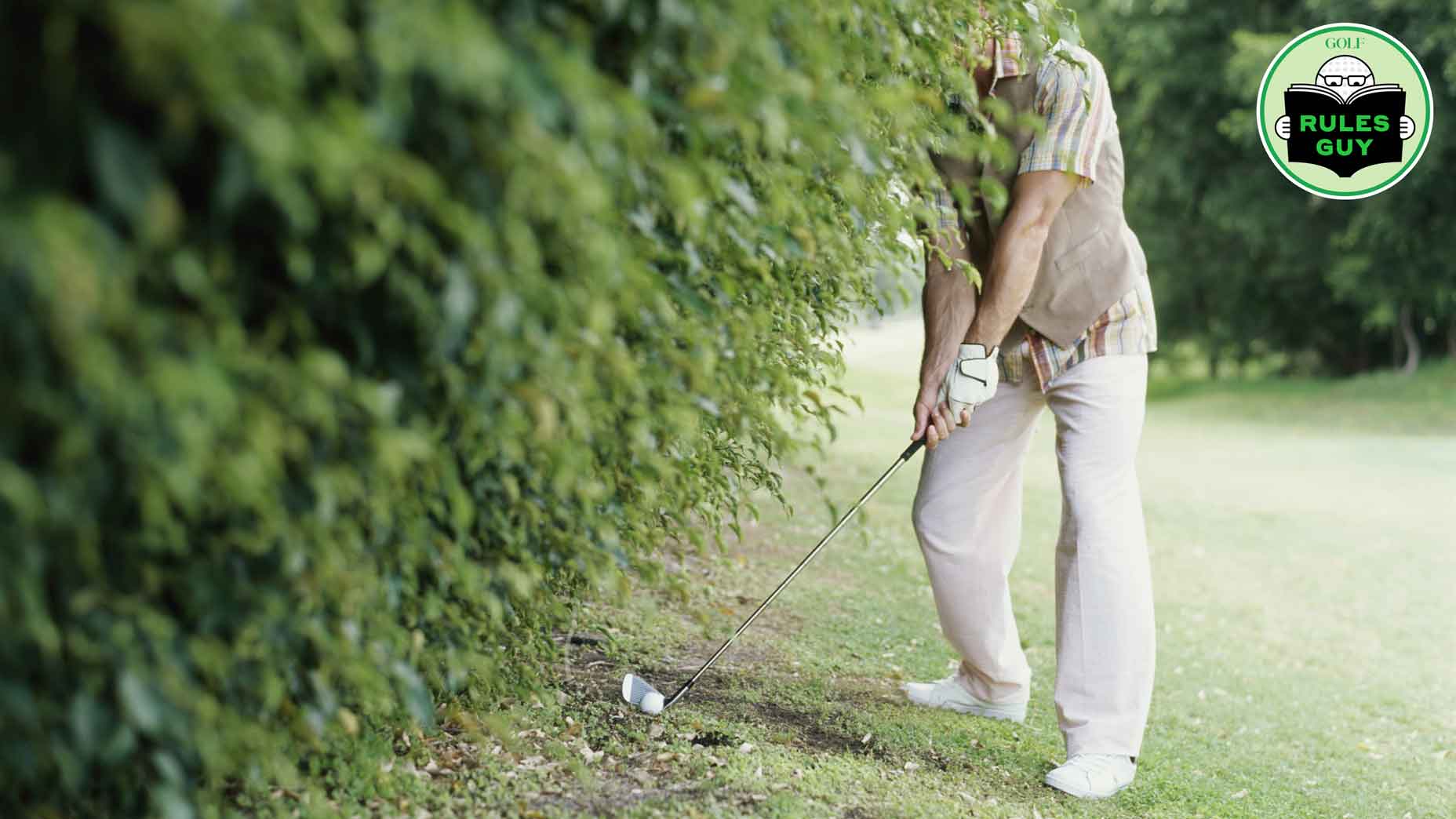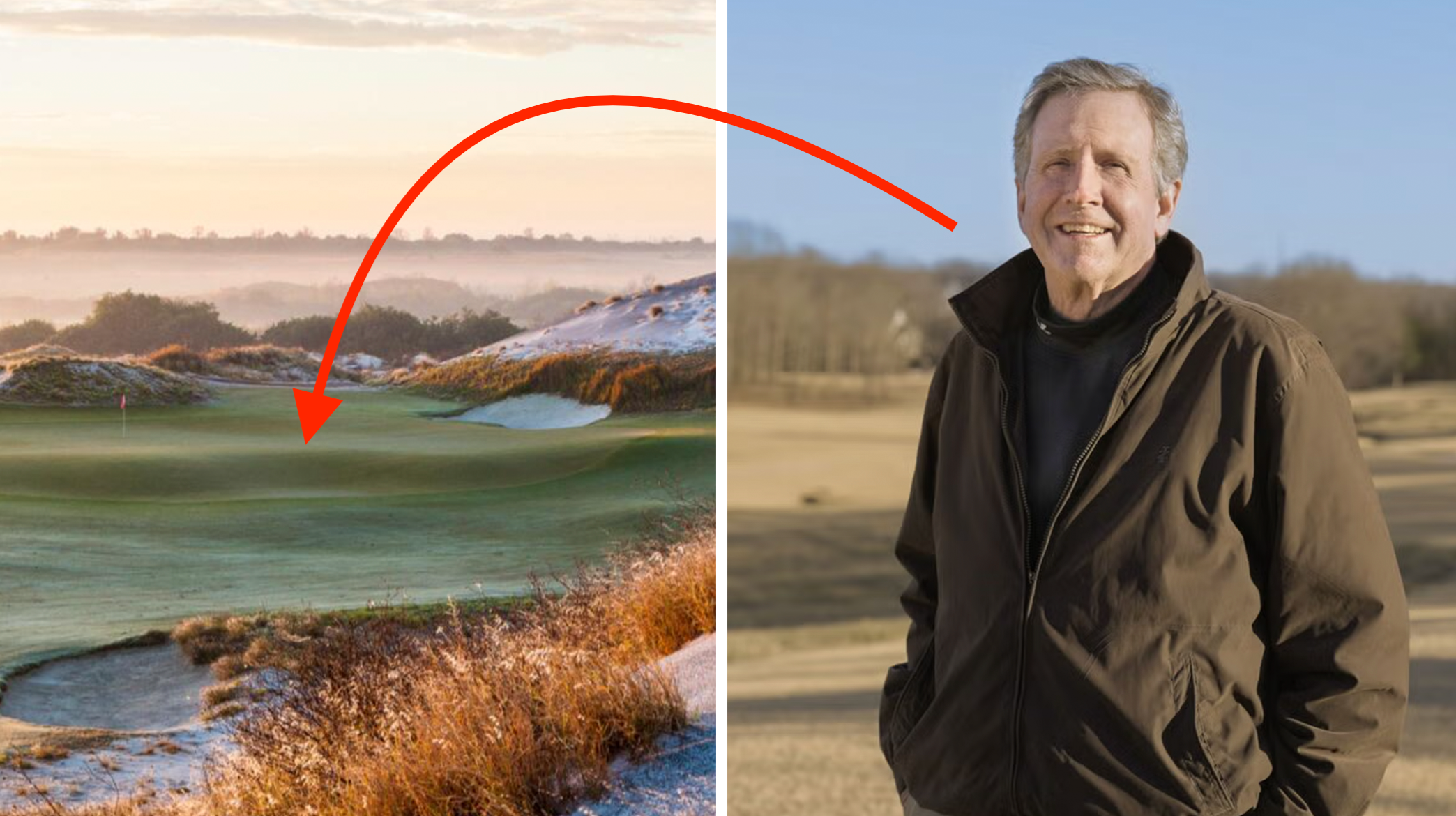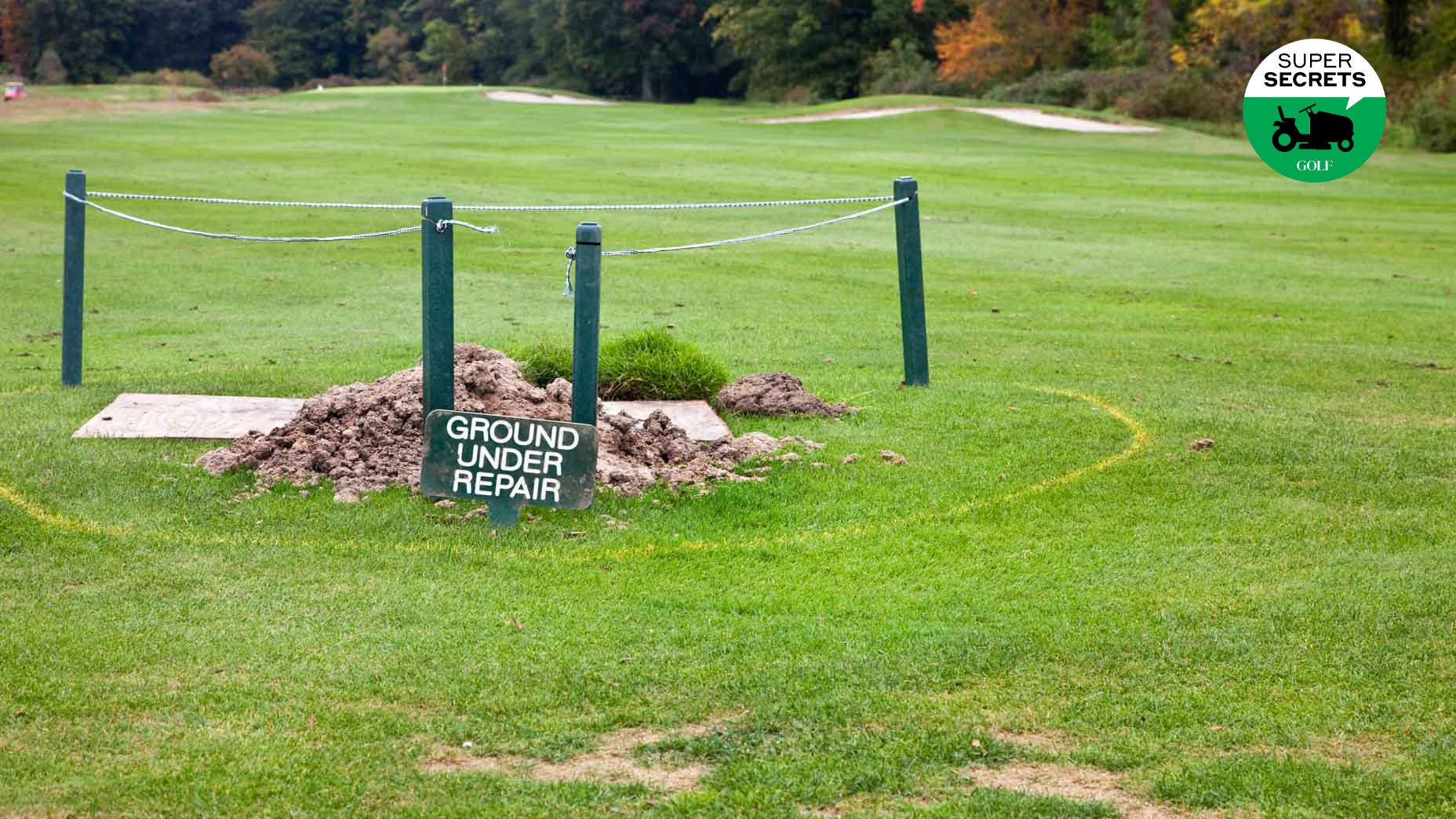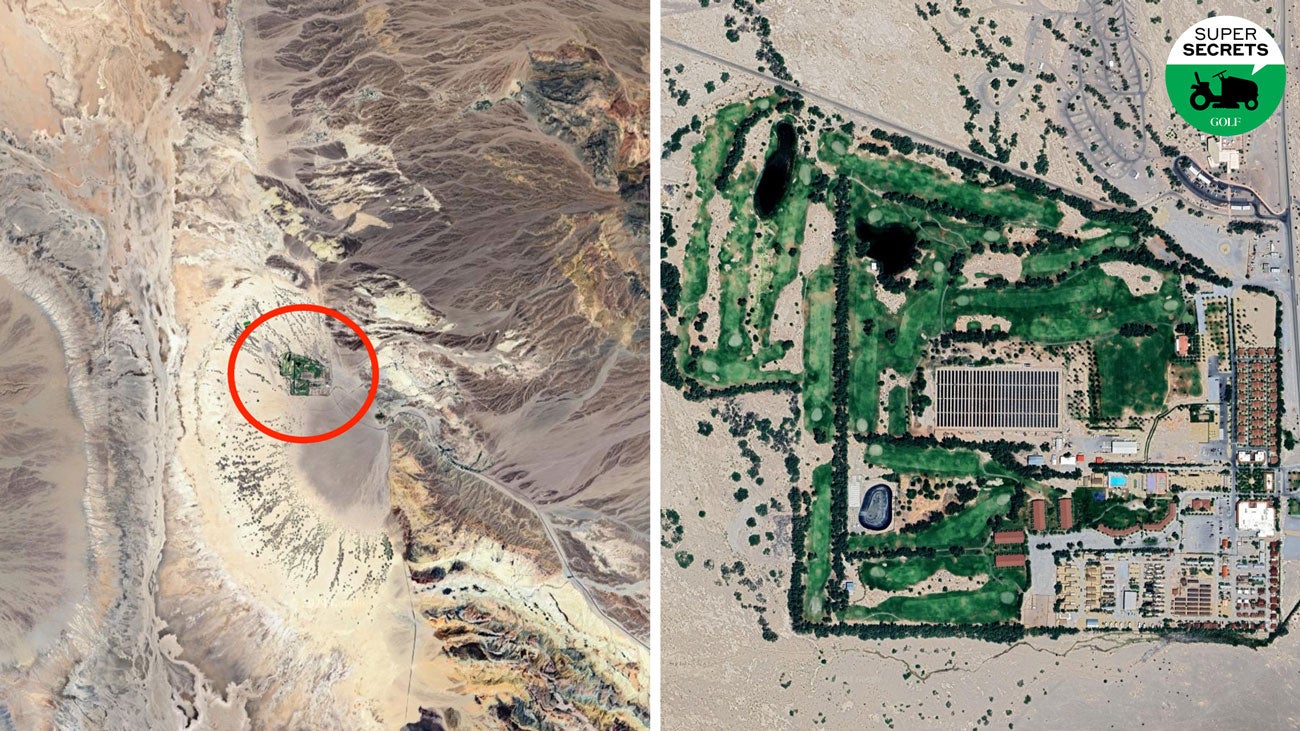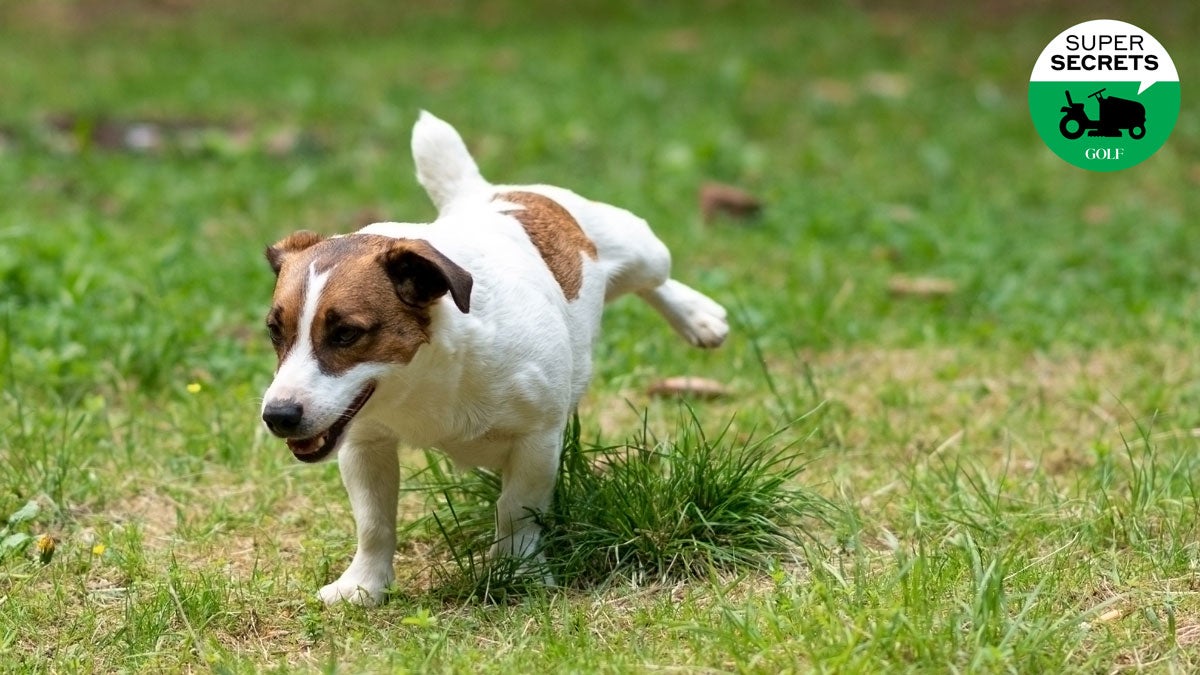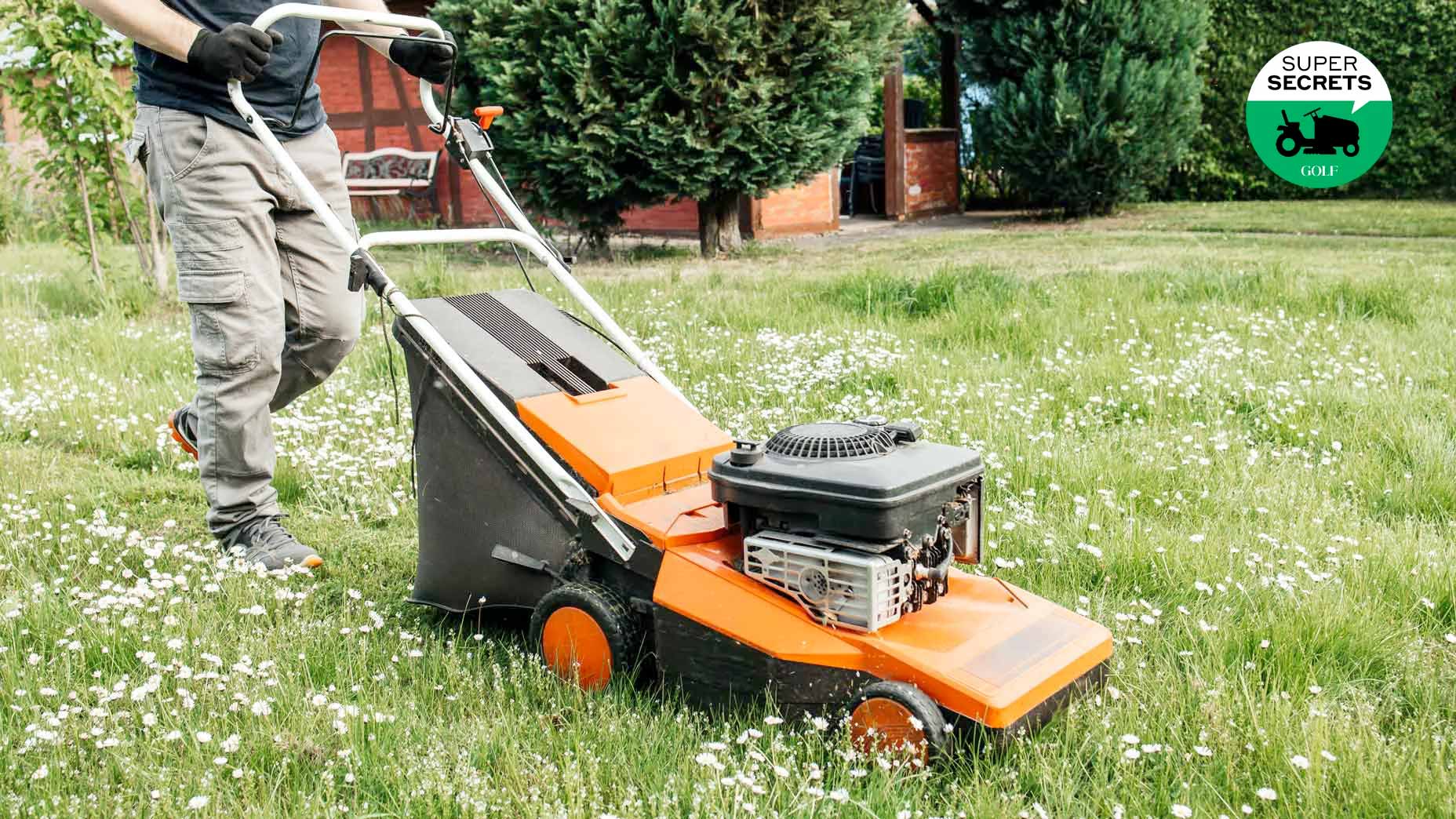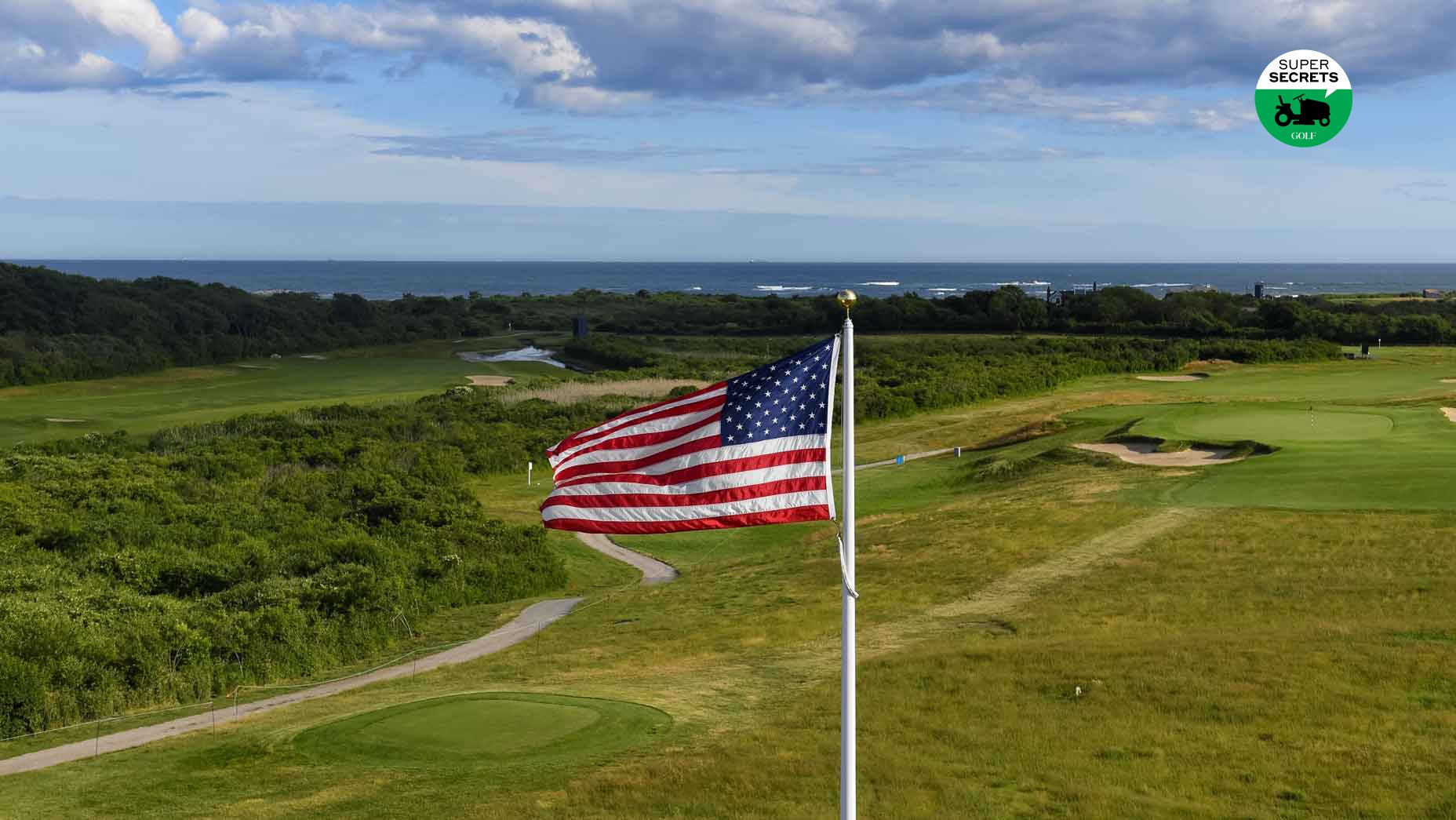Want to build a backyard putting green? Here are 4 key considerations
- Share on Facebook
- Share on Twitter
- Share by Email
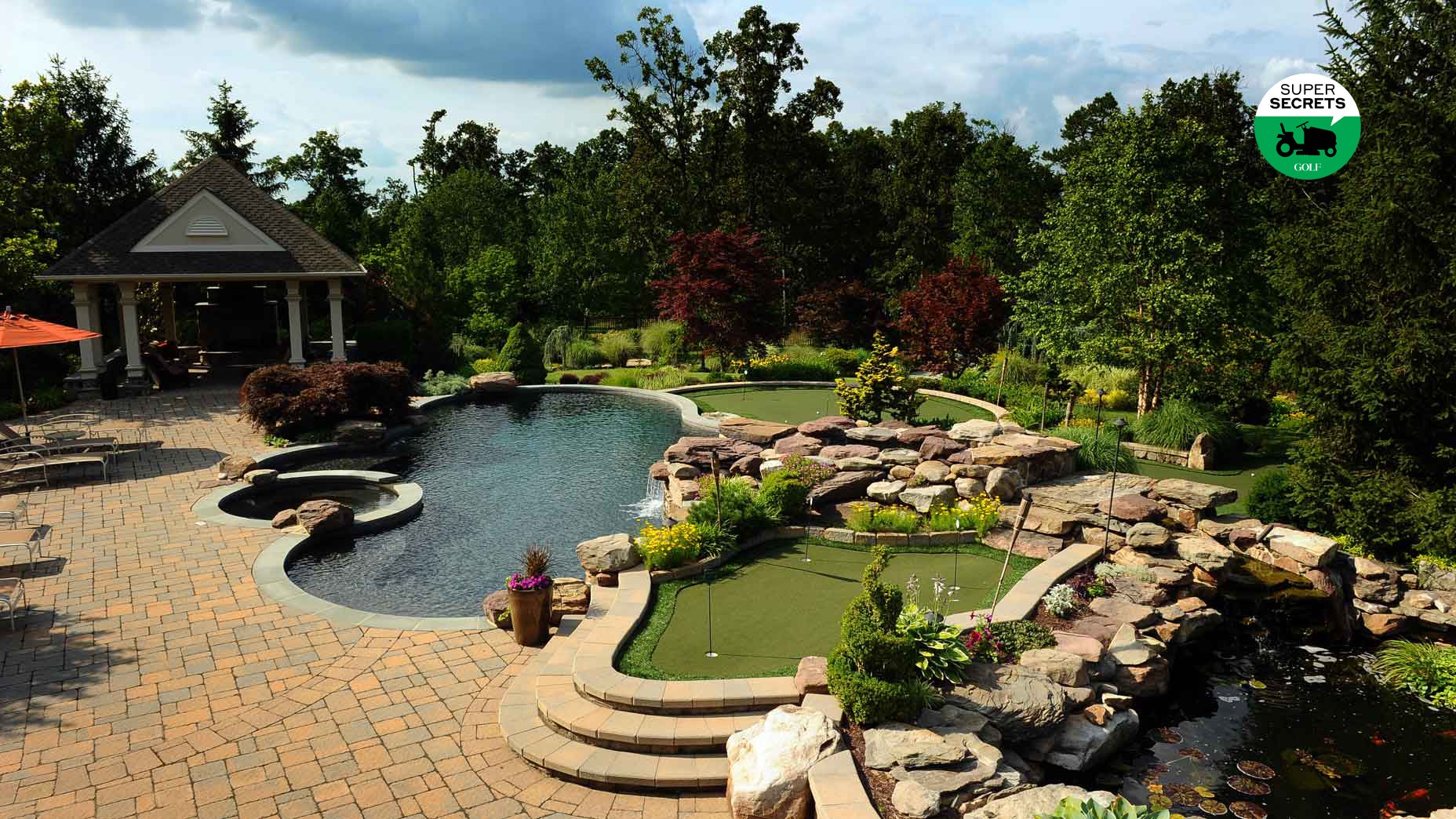
A lot of golfers dream of having a backyard putting green, but few know what it takes to make that a reality.
Getty Images
No two golfers are alike. But many of us share similar ambitions. We’d be happy breaking 80. We wouldn’t decline an invite to Augusta. And if we had our druthers, our home would have a backyard putting green.
Of those three ambitions, the last might be the closest within reach. Which doesn’t mean it’s easy to achieve. Building a backyard putting green takes time, money and expertise, and for most people, it’s not a DIY project. It’s usually a job best left to the pros. But no matter how you take it on, you’ll need to make a series of important decisions.
What are the questions you should ask yourself? Here are some of the main considerations, drawn from a recent article in the USGA’s Green Section Record, which laid out guidelines for how to turn your backyard dream into a reality.
Real or synthetic turf?
When asked which he preferred, real grass or Astroturf, the former Boston Red Sox pitcher Bill “Space Man” Lee famously replied, “I don’t know. I never smoked Astroturf.” As far as we know, he never built a backyard putting green, either. But if he had, he likely would have gone with synthetic turf, mostly due to cost and convenience. Sure, real grass is sweet, but keeping it in golf-able conditions is labor-intensive and expensive. According to the USGA article, even “a modest public course can spend more than $10,000 per year maintaining each of its greens.” Synthetic greens require a fraction of the upkeep. They’re also easier to install.
Rules Guy: An OB stake is hindering my swing. Can I move it without penalty?By: Rules Guy
Location, location, location
The type of putting green you build is bound to be influenced by the site. How much sunshine does it get? Is there a reliable water source? What’s the climate like? Depending on the answers, natural grass might not even be an option. Other factors, such as slope of the terrain (will it need to be graded?) and ease-of-access for construction equipment will have a bearing on your decision. And then there’s soil and drainage. It’s possible — but improbable — that the native soil in your backyard is suitable for a natural-grass putting green. More likely, you’ll need to purchase sand-based material in which the natural turf can thrive. Proper drainage is another must. There’s a good chance you’ll need to have that installed. Is authentic turf sounding preferable to you now?
Size matters. So does price
According to a recent USGA study, 5,550 square feet is the average size of a green on a golf course in this country. Backyard putting greens tend to be smaller. But the costs of building them still add up. While a lot depends on the region and the construction, here’s a good rule of thumb: a bentgrass putting green usually costs somewhere between $18 and $20 per square foot. That’s just for the materials. The average cost of building a synthetic green is higher (upwards of $30 per square foot or more, depending on the quality of material). But again, maintaining them is significantly less expensive. And they last a relatively long time, especially given the minimal required upkeep, with an expected lifespan in the neighborhood of 10 years.
Design features
Are you itching to let loose your inner-Tom Doak and design a green with wild undulations? Or maybe you’re working with a narrow, quirky space? Here, again, synthetic turf is often the more sensible choice, as they minimize maintenance headaches. No need to worry about how you’ll maneuver with your mower, or where, exactly, you’ll place the sprinkler heads. On the flip side, the USGA article points out, synthetic turf gives you less flexibility with hole locations, as you can’t swap the cups out as you would with natural turf. You can read more insights from the article here.
Latest In Lifestyle

Josh Sens
Golf.com Editor
A golf, food and travel writer, Josh Sens has been a GOLF Magazine contributor since 2004 and now contributes across all of GOLF’s platforms. His work has been anthologized in The Best American Sportswriting. He is also the co-author, with Sammy Hagar, of Are We Having Any Fun Yet: the Cooking and Partying Handbook.

